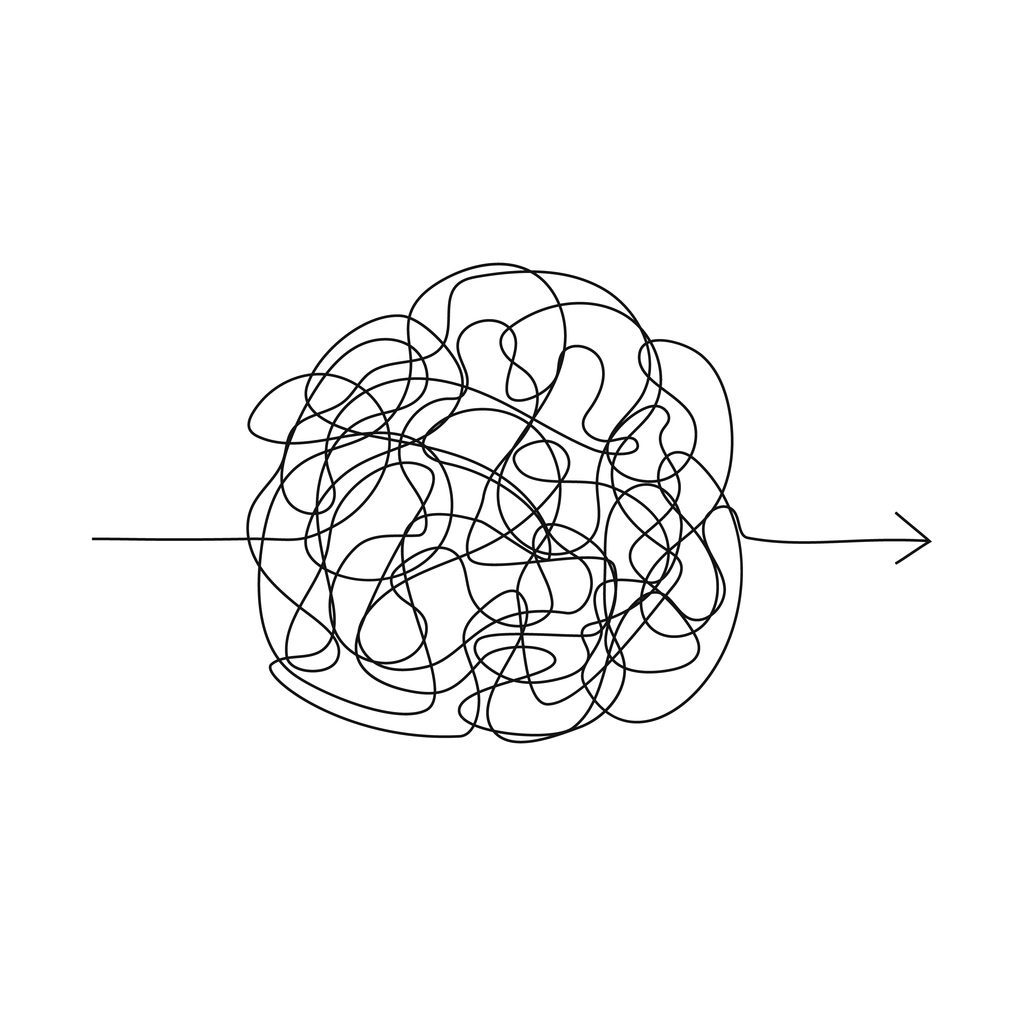Having attended several conferences where the topic of DSCSA has been discussed, and listening to leading vendors (those that provide both hardware and software) opining on how the industry is behind the eight ball in obtaining equipment and full integration, and validation due to long lead times with the number of vendors available, it appeared logical that a document on the availability of waivers might be in the cards. And, issued today, the draft Guidance for Industry Waivers, Exceptions, and Exemptions from the Requirements of Section 582 of the Federal Food, Drug, and Cosmetic Act (here) is the apparent outgrowth of this perplexing situation.
The draft guidance document explains the who, what, where, when and how the waiver process will operate. The fact that the final implementation of all the aspects of the DSCSA are to be operable sometime in 2023, some 10 years after the DSCSA was signed, and the guidance on waivers is being issued now also speaks to the fears that many of the vendors and trading partners have expressed.
The guidance provides trading partners, defined as manufacturers, repackagers, wholesale distributors, and dispensers for the purposes of the draft guidance advice on where waiver requests must be submitted. It also outlines the basis for the three types of waiver requests they will entertain:
- A waiver of the section 582 requirement(s) identified in the request is warranted because complying with the requirement(s) would result in undue economic hardship or appropriate for emergency medical reasons
- An exception to the section 582 requirements relating to product identifiers is warranted because the product identified in the request is packaged in a container that is too small otherwise unable to accommodate a label with sufficient space to bear the information required for compliance with these requirements
- Exempting the product(s) and/or transaction(s) identified in the request from the section 582 requirement(s) identified in the request is appropriate to maintain public health or is otherwise appropriate
In addition, the request for waivers should include:
- The name, telephone number, and email address of an individual who FDA can contact about matters relating to the proposed waiver, exception, or exemption
- The identity of the trading partner(s) that would be covered by the proposed waiver, exception, or exemption
- A description of the activities and/or products (including the national drug code number) for which the proposed waiver, exception, or exemption is being sought
- The requested effective period of the waiver, exception, or exemption
- The requirements of section 582 of the FD&C Act to which the proposed waiver, exception, or exemption would apply
- A detailed statement of the reasons why FDA should grant the proposed waiver, 1 exception, or exemption, including pertinent supporting documentation
The document also notes that “Sections 582(a)(3)(A)(ii) and (iii) of the FD&C Act give FDA the authority to establish exceptions or exemptions from the requirements of section 582 on its own initiative. FDA intends to use this authority when necessary to address an issue that affects a broad segment(s) of industry and/or multiple trading partners, impacts many activities, or involves numerous products.” We assume that this provides the FDA authority to take a broad action when something unforeseen occurs that will have a major impact so they don’t have to review an avalanche of waivers.
There is also an 18 USC 1001 affirmation requirement outlined in the document that will place the burden of assuring that no materially false, fictitious or fraudulent statement in waiver request is submitted to the government in waiver request.
There is further information on how the requests will be reviewed and how FDA will notify requesters of their decision.
In the gear up to final implementation, there are bound to be some rough spots and the FDA appears to be poised to smooth those out when necessary.




